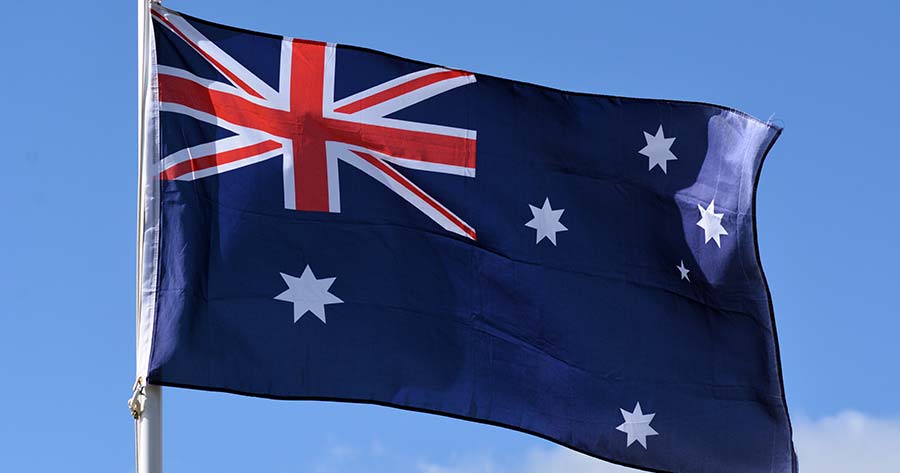According to data from the Australian Bureau of Statistics (ABS), Australia’s economic performance in the first quarter fell short of expectations, expanding by 1.3% compared to a year earlier, missing analysts’ projections of 1.5% and matching the previous quarter’s pace.
On a quarterly basis, GDP edged up only 0.2%, less than the anticipated 0.4% increase. This came as growth stagnated amidst persistent global trade tensions.
As per Katherine Keenan, ABS head of national accounts, weaker public spending, subdued consumer activity, and a slide in exports dragged on growth, while severe weather disruptions hit the mining, tourism, and shipping sectors particularly hard.
The Reserve Bank of Australia (RBA) reduced interest rates to a two-year low at its May meeting, responding to moderating inflation pressures and creating additional policy flexibility. The central bank projects a rise in domestic GDP growth in 2025, fueled by strengthening consumer activity and robust public sector demand.
Meanwhile, policymakers anticipate the pace of economic recovery will be more gradual than earlier expected, reflecting sluggish global demand, ongoing uncertainties, and softer household spending momentum.
Australia’s inflation fell to 2.4% in the first quarter of 2025, the lowest level in four years and comfortably within the RBA’s 2-3% target range. In its most recent communications, the RBA highlighted downward revisions to export demand in its economic outlook.





